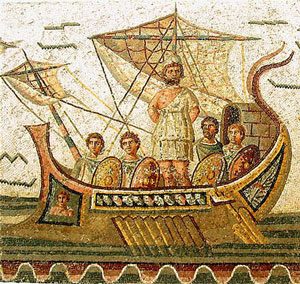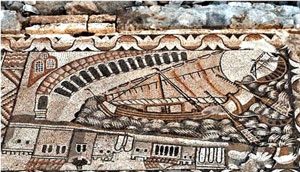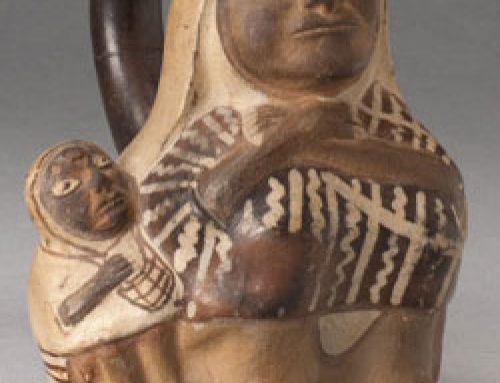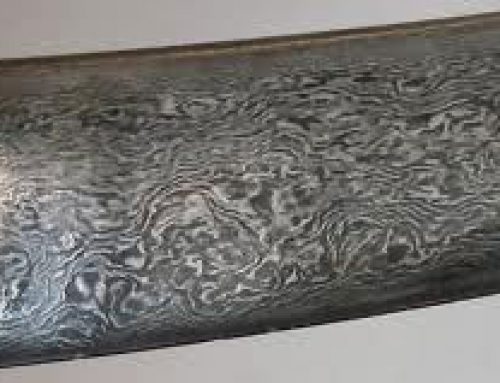
Roman sailing ship with square sails (100s AD, Bardo Museum, Tunisia)
Until the First Punic War, in 264 BC, the Romans had not been sailors, and had never had a navy. But when they had to fight the Carthaginians, who were descended from the Phoenicians and were great sailors, the Romans learned to build ships by copying a captured Carthaginian ship. Soon after that, in the 100s BC, the Romans conquered Phoenicia itself, and from then on Roman ship-building is really just a continuation of West Asian ship-building – the same old Phoenician sailors, only now they have become Romans.

Ships with square sails (Ostia, 100s AD)
By the time the Romans conquered Phoenicia, though, they controlled the whole Mediterranean Sea, so they really didn’t need much of a navy anymore – just some patrol boats to keep down pirates, and merchant ships. Mostly the crews of these ships were Phoenicians, Greeks or Egyptians who came from sailing cultures. In the Late Empire, the Roman emperors needed all the tax money for foot soldiers, so they pretty much stopped supporting the navy.

More ships with square sails (also Ostia, 100s AD)
Even though the Roman navy wasn’t that important, when the Romans controlled the whole Mediterranean Sea, there were a lot of trade ships sailing around the Mediterranean. The people who designed these ships continued to try to improve them all through the time of the Roman Empire. The most important improvement was the gradual development of triangular sails, which first appear in the Late Republic, around 50 BC.

Ship with a lateen sail Kelenderis Mosaic (400s AD, Turkey)
They may have developed from earlier Greek “brailed” sails, squeezed down on one side. These triangular sails helped out the square sails. We call these triangular sails “lateen” sails, because Latin speakers invented them. Lateen sails were a big advantage because with them you could tack into the wind. Using a lateen sail, you could sail faster than with a square sail, and the wind didn’t need to be as strong to make the ship go. But square sails were easier to use, so if you did have the wind behind you, ships still used square sails.
Learn by doing: go out on a sailboat
Medieval sailing
Bibliography and further reading about Roman sailing:
I.C. Campbell, “The Lateen Sail in World History”, Journal of World History 1995




